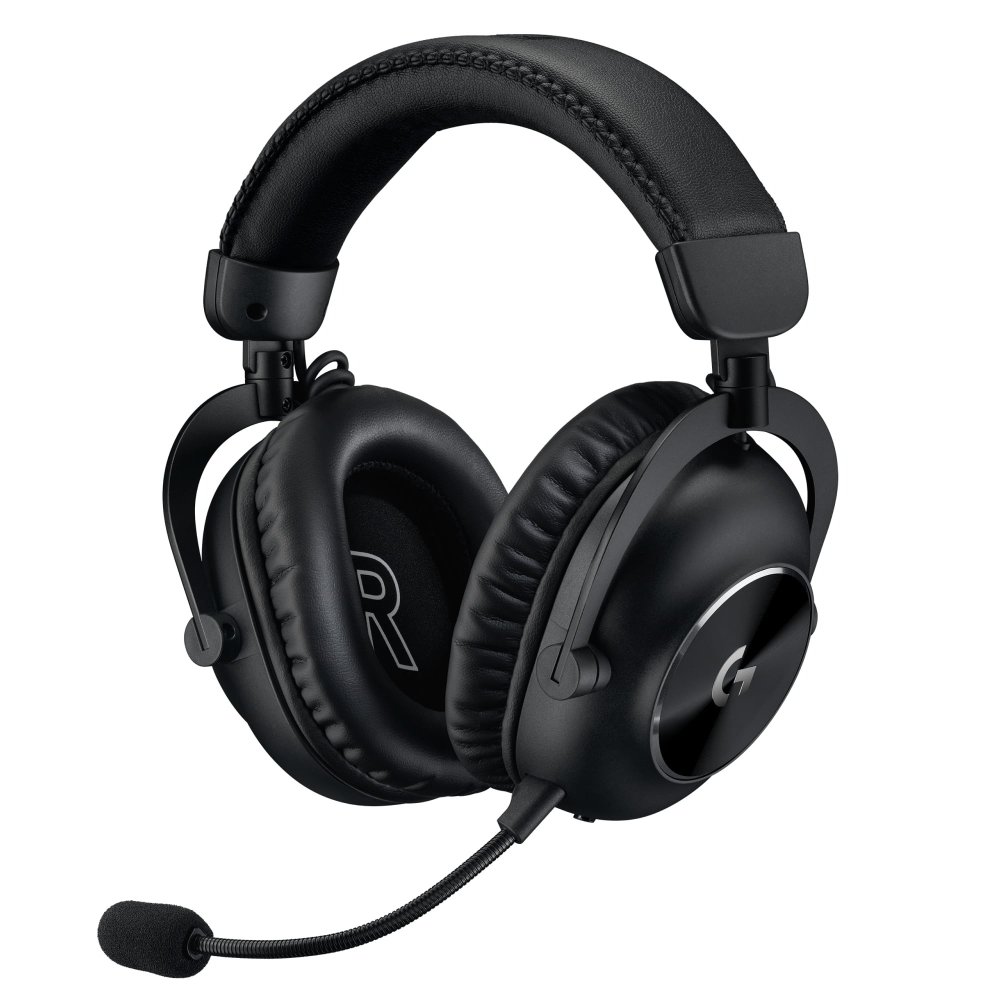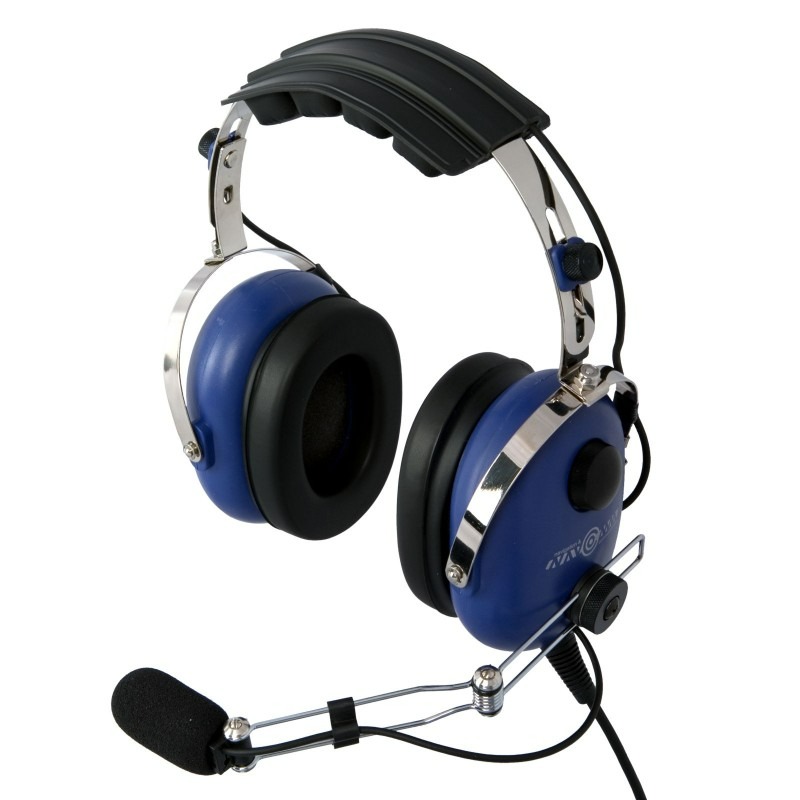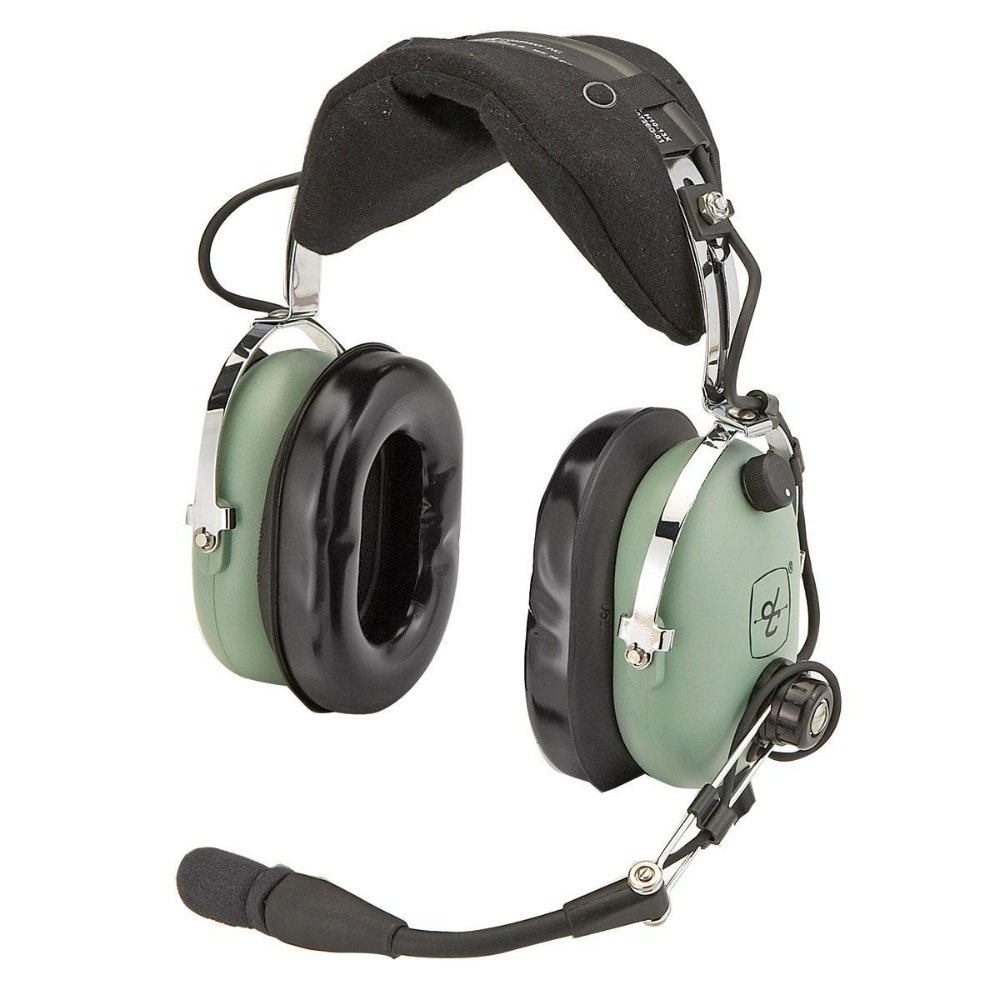Types of Aviation Headsets
Selecting the appropriate aviation headset is crucial for pilots. The type of headset chosen can greatly affect communication clarity and comfort during flights. Let’s explore the main types of aviation headsets available.
Passive Noise Reduction Headsets
Passive Noise Reduction (PNR) headsets buffer sound using physical materials. They have layers of thick foam and other insulating materials in the ear cups. This helps block ambient cockpit noise. Pilots prefer PNR aviation headsets for their simplicity and reliability. PNR headsets often cost less than other types, making them a popular choice for new pilots.
Active Noise Reduction Headsets
Active Noise Reduction (ANR) headsets use advanced technology to cancel out cockpit noise. They create sound waves that are the opposite of ambient noise. This technology ‘cancels’ the unwanted sound before it reaches the ear. ANR aviation headsets provide a quieter environment. This reduces fatigue and helps pilots stay alert. Although ANR headsets can be more expensive, the investment is worth the added comfort and noise reduction for professional pilots.
In-ear Aviation Headsets
In-ear aviation headsets offer a lighter, more compact alternative to traditional over-the-head designs. They fit directly into the ear canal and provide passive noise reduction. Some in-ear models also include active noise reduction technology. These headsets appeal to pilots who wear glasses or want to avoid the bulk of larger headsets. Their small size also makes them easy to transport and store when not in use.

Key Features of Aviation Headsets
When choosing aviation headsets, several key features stand out. These features ensure the headset not only minimizes cockpit noise but also remains comfortable and durable over long periods.
Noise Reduction Ratings
The Noise Reduction Rating (NRR) of aviation headsets is critical. This rating indicates how effective a headset is at blocking out ambient noise. Higher NRR values mean better noise-blocking capabilities. Pilots should look for aviation headsets with high NRR to ensure clear communication and less distraction from cockpit noise.
Comfort and Fit
Comfort and fit are crucial for pilots, especially during long flights. Aviation headsets should have adjustable headbands and cushioned ear pads. They should not clamp too tightly, to avoid discomfort. Check if the headset has swivel ear cups, which adapt to the shape of the user’s head for better fit.
Durability and Materials
The materials used in aviation headsets affect their longevity and reliability. Good quality headsets typically feature rugged construction and materials resistant to wear and tear. Pilots should opt for aviation headsets with cables that are both flexible and durable to prevent damage from frequent use.
How to Choose the Right Aviation Headset
Choosing the right aviation headset relies on understanding specific needs and options available. Here are some guidelines to help you select the perfect headset for your flying requirements.
Assessing Your Needs
Start by evaluating the type of flying you do. Are you often in noisy environments or do you need a headset for quieter, general aviation flights? Consider the length of your flights too. Long-haul pilots might prioritize comfort, while short flight pilots might focus on ease of use and convenience. Additionally, think about whether you need advanced features such as Bluetooth connectivity or just a basic model that fulfills the core purpose.

Comparing Different Brands and Models
Once you know what you need, compare different brands and models. Look at the features each aviation headset offers. Some might have higher noise reduction ratings; others might be more comfortable or durable. Read reviews and testimonials from other pilots. This can give you a better understanding of how the headsets perform in real-world conditions.
Considering Price Range
Finally, consider your budget. Aviation headsets can range from relatively inexpensive to high-end prices. Decide how much you’re willing to spend. Remember, investing in a high-quality headset can be worthwhile, as it enhances safety and comfort during flights.
In summary, selecting the right aviation headset involves assessing your needs, comparing different models, and considering your budget. These steps will help ensure you find a headset that enhances your flying experience and maintains clear communication.
Maintenance Tips for Aviation Headsets
Proper maintenance extends the life of aviation headsets and ensures optimal performance. Here are essential tips to keep your headsets in top condition.
Regular Cleaning Practices
Dust and earwax can accumulate on your headset, affecting its function. Clean ear pads gently with a damp cloth. Wipe the headband and outer surfaces with appropriate electronics-friendly cleaners. Avoid harsh chemicals that can damage the materials.
Storage and Handling
Handle your aviation headsets with care to prevent damage. Store them in a protective case when not in use. Keep them away from extreme temperatures and direct sunlight to maintain the integrity of the materials and electronics.
When to Replace Your Headset
Aviation headsets are durable, but not indestructible. Notice signs of wear such as frayed wires, reduced sound quality, or discomfort. Replace ear pads or the entire headset if it no longer meets safety or comfort standards.

The Role of Aviation Headsets in Pilot Safety
Aviation headsets play a critical role in enhancing pilot safety during flights. Their design and features directly impact a pilot’s ability to communicate and stay alert. Proper communication is essential for safe flying. It helps pilots respond to instructions and coordinate with air traffic control effectively.
Communication Clarity
Communication clarity is paramount in aviation. Aviation headsets help ensure that pilots can hear and convey messages clearly. These devices minimize cockpit noise, allowing for clearer communication. This reduces misunderstandings and errors during critical moments of flying.
Long exposure to noise can lead to fatigue, which impairs a pilot’s concentration and responsiveness. Aviation headsets with high noise reduction ratings can mitigate this risk. They help reduce the strain on pilots, especially during long flights, ensuring they remain focused and alert.
Technological Advances in Aviation Headsets
With the continual advancement in technology, the headsets have seen significant improvements. These enhancements not only boost functionality but also increase pilot comfort and communication efficiency.
Wireless and Bluetooth Capabilities
Modern aviation headsets often feature wireless and Bluetooth capabilities. These innovations allow pilots to connect their headsets directly to various devices without the inconvenience of cords. Wireless headsets enhance mobility within the cockpit and reduce the risks associated with tangled wires. Bluetooth technology, in particular, enables seamless connection to mobile phones, GPS units, and other electronic devices. This makes it possible for pilots to receive vital real-time information and communication effortlessly.
Enhanced Audio Features
Aviation headsets now come equipped with enhanced audio features. This includes advanced noise-cancelling technology that sharply reduces background noise. Such features ensure that pilots can hear and communicate crucial information without interference. Furthermore, many headsets include voice-activated microphones and adjustable volume controls, which adapt to changing noise levels in the cockpit. This adaptability is critical for maintaining clear communication during various phases of flight, from takeoff to landing.
Enhanced Comfort and Ergonomics
Advancements in materials and design have led to the development of more comfortable aviation headsets. Innovations include lighter-weight materials and adjustable headbands that distribute pressure more evenly. Cushioned ear pads made from breathable memory foam enhance comfort during extended wear, which is particularly beneficial for long-haul flights or frequent fliers. Some models even feature customizable fit options to accommodate various head sizes and shapes.